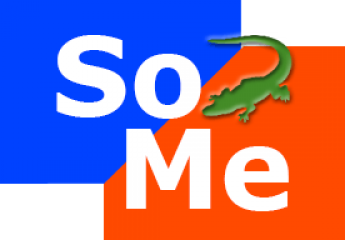Steve Myers, of The Lens, sent these along after he spoke to our class on Tuesday:
Atlantic post by Alexis Madrigal, about Hurricane Sandy images, “which provides a ton of mini case studies. It was viewed 900,000 times in the first couple of days, showing the enormous public appetite for journalists to sort out what’s true and not,” Steve said.
Here’s a short Google presentation with a few images (7 slides), including that one of the Lone Star College stabbing suspect. Note the issues here:
- The person sharing the photo doesn’t have a public account.
- The image she shared is a screen image from a phone.
- But @janeskay also had a Twitter account, and she was tweeting from campus during the stabbing.
- @cheesin365 did have public Instagram account, and he had photos around campus before. Later he posted a photo of himself in the cop car.
Here’s how that story played out on BuzzFeed (they were right, lucky for them).
The presentation also has an example of Photoshop forensics gone wrong. The first image of the Boston Marathon bombing aftermath was widely shared and discussed. Some time later, a Facebook user posted a photo that corroborated the first one, contradicting the (faulty) Photoshop forensics.
Using Google reverse image search
Here’s a how-to from Google about that.
Here’s a video how-to, also from Google.
Another site for reverse image searches: TinEye
